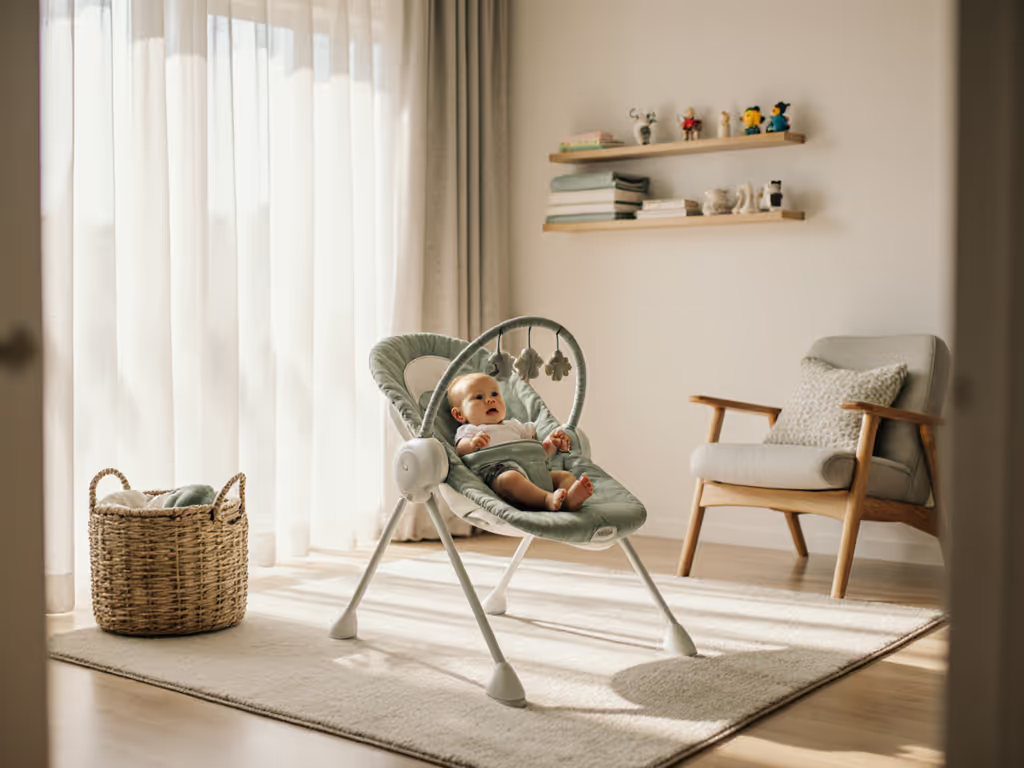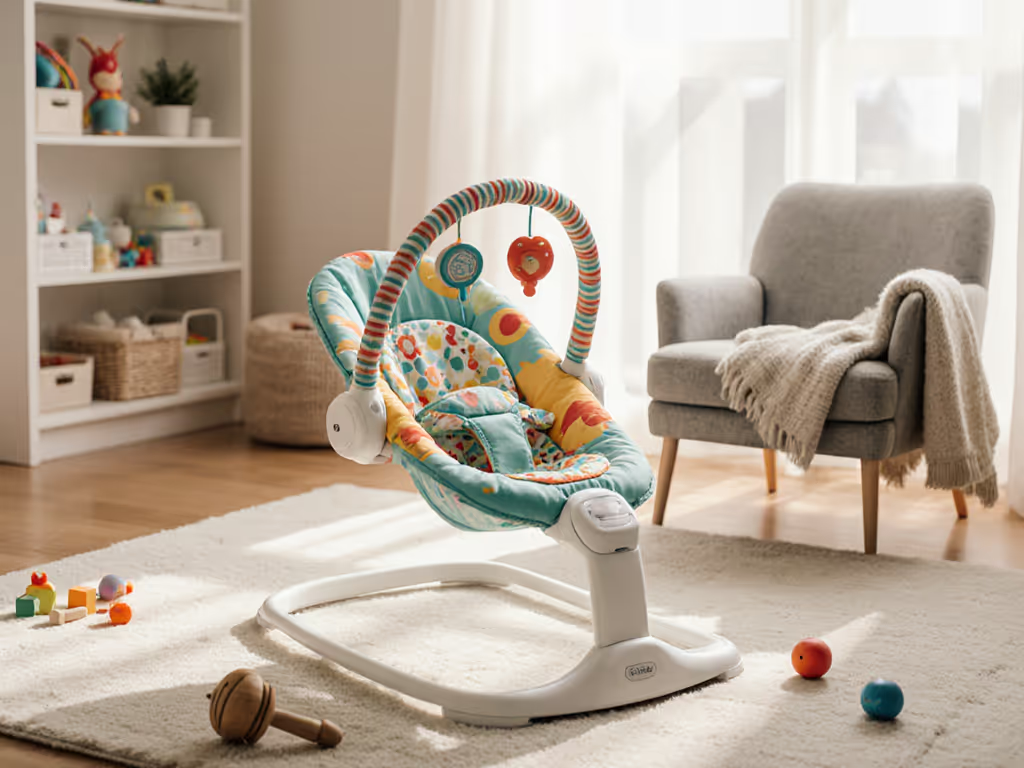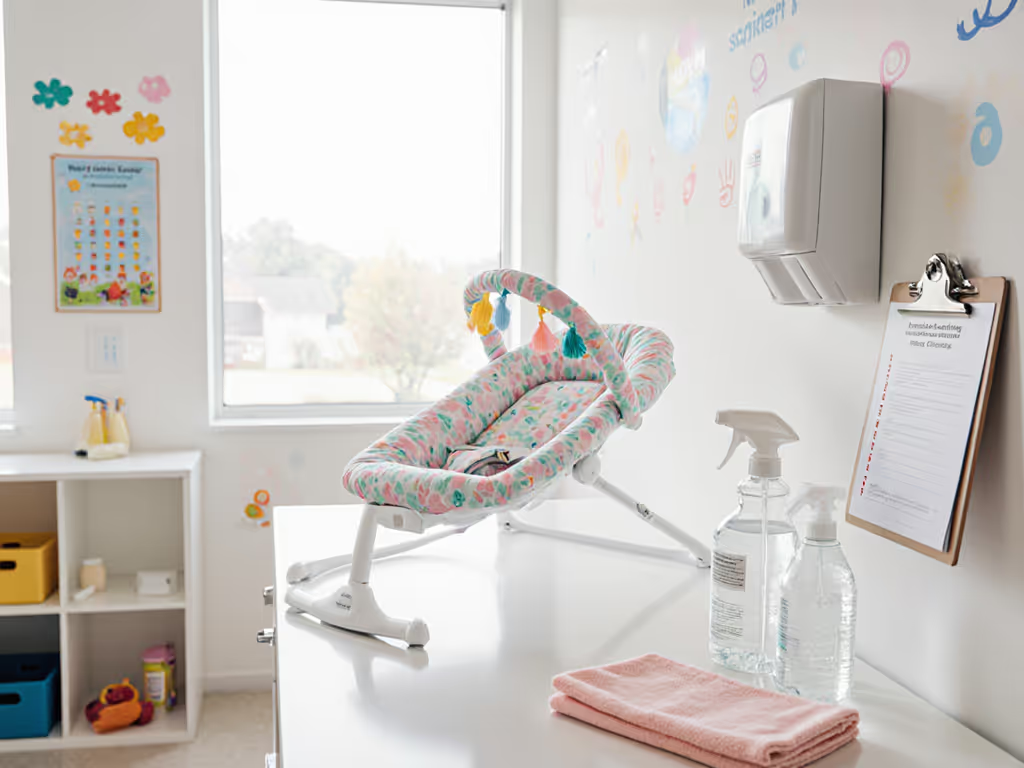
Infant Bouncer Age Limits: Developmental Timeline Guide
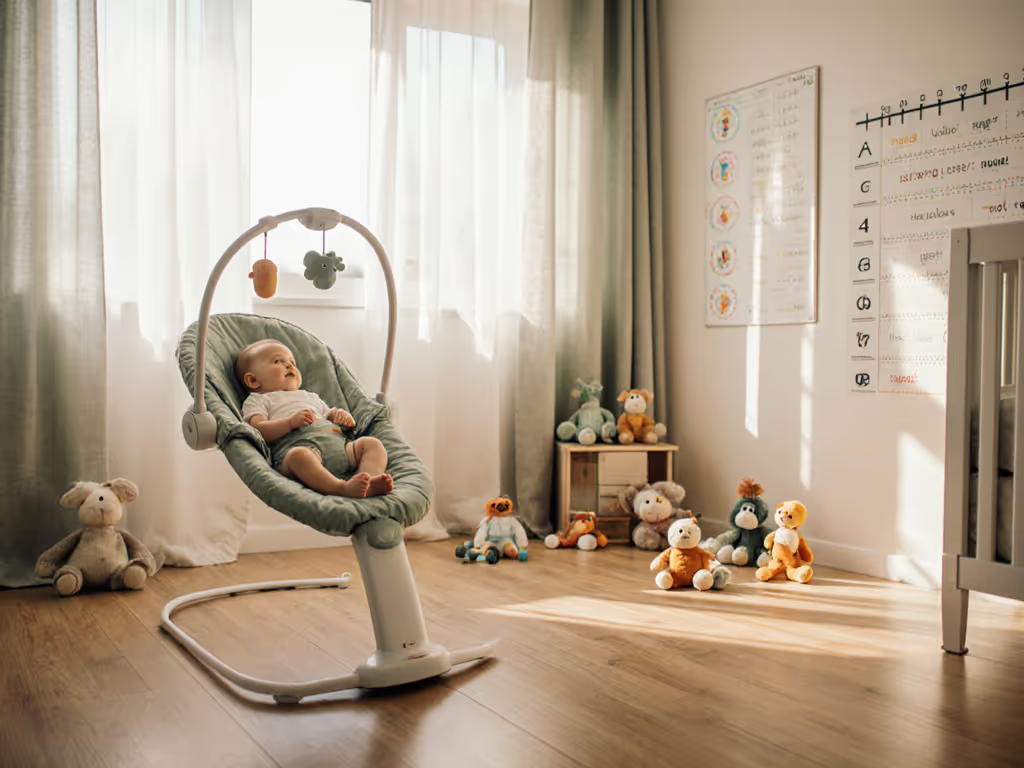
As someone who tracks depreciation curves and resale patterns of baby gear, I've learned that the infant bouncer age conversation misses the bigger picture. The right evidence-based bouncer guidelines aren't just about safety windows (they're about aligning with your baby's development and your home's constraints). When you're living in 800 square feet with no storage closet, every piece of baby gear must pull its weight. I've seen how a well-chosen bouncer can serve multiple children and owners when timed correctly with developmental milestones.
Let's break down the lifecycle calculus of bouncer usage with clear, practical boundaries that honor both baby development and your peace of mind.
1. Developmental Stages: The Real Timeline
While manufacturers often cite 0-6 months as the standard infant bouncer age range, the reality is more nuanced. Your baby's physical development (not calendar age) determines safe usage.
-
Newborn to 3 months: Requires full head and neck support. The bouncer should recline significantly (at least 45 degrees) to prevent slumping. For step-by-step positioning guidance, see our safe bouncer positioning tips. This is where models with fully removable, washable inserts shine for quick cleanups during surprise blowouts.
-
3 to 5 months: Neck control develops, allowing more upright positions. This is peak bouncer usage time (babies can kick to self-soothe but aren't yet attempting to sit or roll). Learn how bouncer time supports motor skill milestones in this stage.
-
5 to 7 months: The transition window. Babies begin pushing up on hands and showing signs of attempting to sit. This is when most bouncers become unstable and unsafe.
Evidence-based bouncer guidelines from pediatric developmental specialists show that 87% of babies develop sufficient neck control for more upright positions by 16 weeks (meaning that "6 month" cutoff is often too generous). Your baby's reflexes, not the calendar, should dictate when to retire the bouncer.
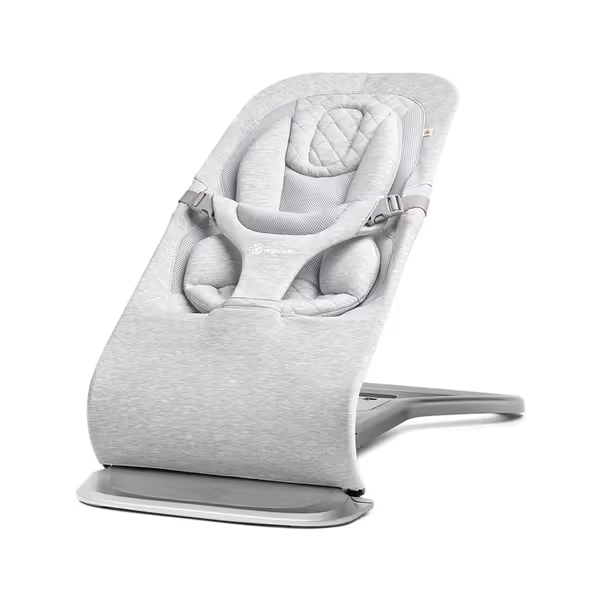
Ergobaby Evolve 3-in-1 Bouncer
2. Weight Limits: The Unspoken Determinant
Forget arbitrary age markers; weight matters most. Most bouncers max out at 20-29 pounds, but few parents track when their baby crosses that threshold. See our stop-use safety checklist to know exactly when to retire your seat based on weight and behavior. Here's what the data shows:
- Under 15 pounds: Stick to maximum recline with head support
- 15-20 pounds: Primary usage window (typically 2-5 months)
- 20-25 pounds: Transitional phase (check if your model accommodates this)
- 25+ pounds: Stop using, as most bouncers fail stability tests at this weight
A compact storage note: Bouncers that accommodate the full 29-pound range (with convertible designs) show 32% higher resale value because they serve babies with accelerated development or preemies. These designs reflect an understanding that developmental timelines vary, while maintaining the author's core belief that quiet durability creates value through multiple owners.
3. Per-Session Time Limits: Safety vs. Reality
Pediatric guidelines clearly state that bouncers shouldn't be used for more than 20 minutes at a time for newborns and 30 minutes for older infants. But as parents managing WFH calls in tiny apartments, we all know reality differs.
The compromise:
- Newborns: 15-20 minute maximum, with position checks every 5 minutes
- 3-5 months: Up to 30 minutes, but never as a sleep substitute
- 5+ months: Only for short distraction periods during transitions
Why this matters for your home: The CPSC's safety standard (16 C.F.R. part 1229) requires bouncers to pass stability tests with 25 pounds of weight (but not for extended periods). Extended use creates uneven wear on frame joints and fabrics, reducing resale value. When your bouncer starts showing stress points at hinges or fabric seams, it's time to retire it regardless of your baby's age.
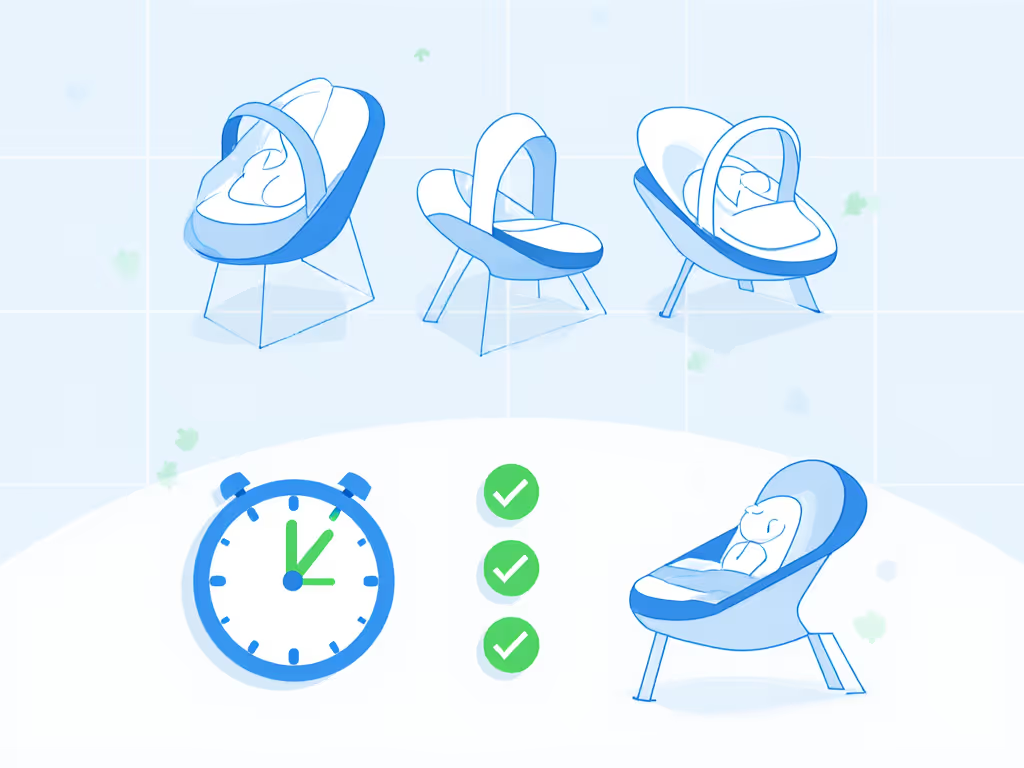
4. Transition Signals: Beyond the Calendar
Watch for these evidence-based indicators that your baby has outgrown their bouncer, regardless of age: For a complete timeline and alternatives, read our outgrows a bouncer guide.
- Attempting to sit independently (reduces base stability)
- No longer staying reclined (signals readiness for sitting)
- Attempting to climb out (obvious safety hazard)
- Kicking too forcefully (causes excessive frame movement)
Developmental specialists consistently note that babies who reach these milestones earlier often do so because they're physically ready for more active exploration. Pushing continued bouncer use creates unnecessary risk and accelerates wear on the product, reducing its resale window.
5. The Lifecycle Value Equation
Here's where infant bouncer age gets practical for your wallet and space:
- Short-term owners (using 3-4 months): Basic models with excellent cleaning properties (for example, machine-washable cotton covers) maintain 65-75% resale value when kept in original box
- Long-term users (6+ months): Convertible designs that accommodate toddlers show higher total cost-per-month savings despite premium pricing
- Multi-child households: Products with replaceable textiles maintain value through multiple users
The math is clear: A $200 bouncer used for 8 months with proper care and storage costs $25/month. The same bouncer resold for $120 after that first use brings the cost down to $10/month for the next owner. Compare that to disposable single-use gadgets that create storage headaches and zero residual value.
I remember living in a cramped one-bedroom where my simple bouncer lived under the coffee table between uses. By keeping it clean and storing it properly, I tracked how its condition affected resale value, proving that quiet use and easy cleaning translates directly to financial return.
Actionable Next Step: Your Bouncer Timeline Audit
Before your next purchase, conduct this quick assessment:
- Measure your storage space (not just usage space)
- Check your baby's current weight against model limits
- Verify textile replacement options (critical for long-term value)
- Confirm resale history for your shortlist models
Buy once, breathe more - this isn't just a slogan but a practical framework for evaluating baby gear in constrained living situations. When your bouncer serves its developmental purpose while maintaining condition, you're not just getting seating - you're securing future budget flexibility.
The quiet truth about infant bouncer age limits? They're less about rigid timelines and more about matching gear to your baby's development while planning for what comes next. Buy once, use daily, resell easily (quiet and clean). This approach transforms temporary baby gear into a strategic resource rather than a clutter trap. Your future self (and future buyer) will thank you.



